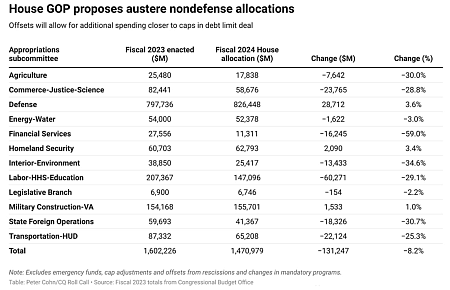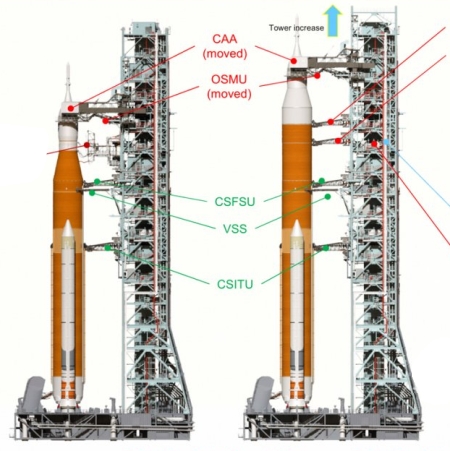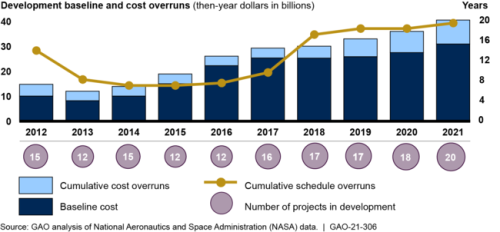NASA survives first budget review in Congress
The first 2024 budgets approved by Senate and House appropriation committees for NASA maintain about the same current numbers from NASA’s 2023 budget.
The House committee is recommending $25.367 billion, just shy of the $25.384 billion NASA has now. The Senate committee is proposing $25.000 billion, a greater reduction from current spending. Biden requested a 7.1 percent increase for FY2024, $27.2 billion.
In the House the Republican leadership is requiring this House committee to impose a 28.8% cut in the total money allocated to all the agencies under its control (Justice, Commerce, and Science). It appears the committee members have decided to find the cuts in the other departments, such as the Justice Department. In fact, this first budget review strongly suggests Justice is about to see huge cuts, something that corrupt and partisan agency richly deserves.
As for NASA, the Senate report [pdf] had harsh words for the growing expense of the Mars Sample Return mission, and proposed major cuts, including the possibility of eliminating the project entirely. Instead, the Senate committee preferred wasting that money on Artemis and SLS.
The first 2024 budgets approved by Senate and House appropriation committees for NASA maintain about the same current numbers from NASA’s 2023 budget.
The House committee is recommending $25.367 billion, just shy of the $25.384 billion NASA has now. The Senate committee is proposing $25.000 billion, a greater reduction from current spending. Biden requested a 7.1 percent increase for FY2024, $27.2 billion.
In the House the Republican leadership is requiring this House committee to impose a 28.8% cut in the total money allocated to all the agencies under its control (Justice, Commerce, and Science). It appears the committee members have decided to find the cuts in the other departments, such as the Justice Department. In fact, this first budget review strongly suggests Justice is about to see huge cuts, something that corrupt and partisan agency richly deserves.
As for NASA, the Senate report [pdf] had harsh words for the growing expense of the Mars Sample Return mission, and proposed major cuts, including the possibility of eliminating the project entirely. Instead, the Senate committee preferred wasting that money on Artemis and SLS.




